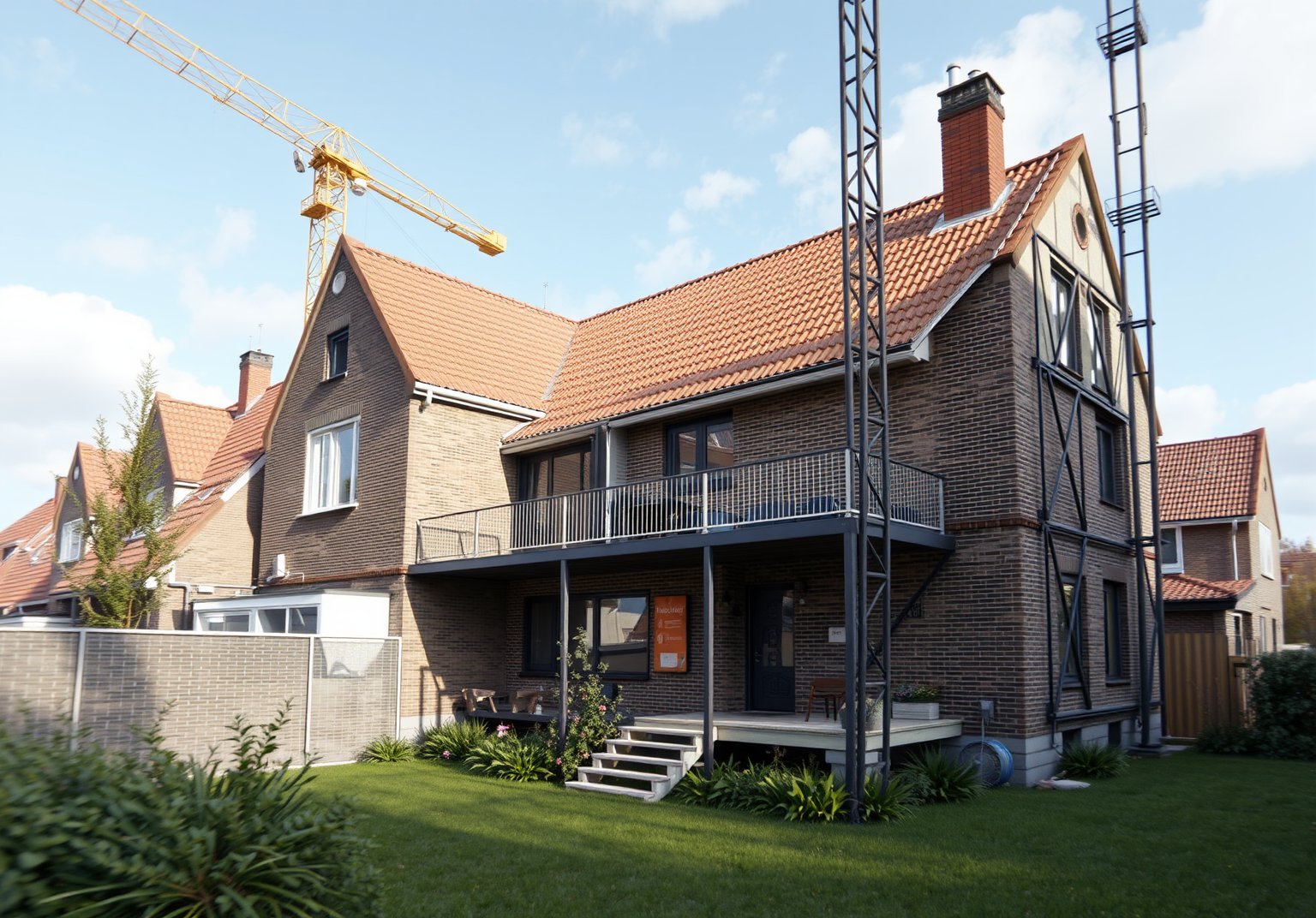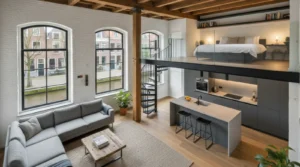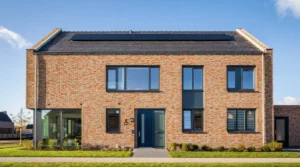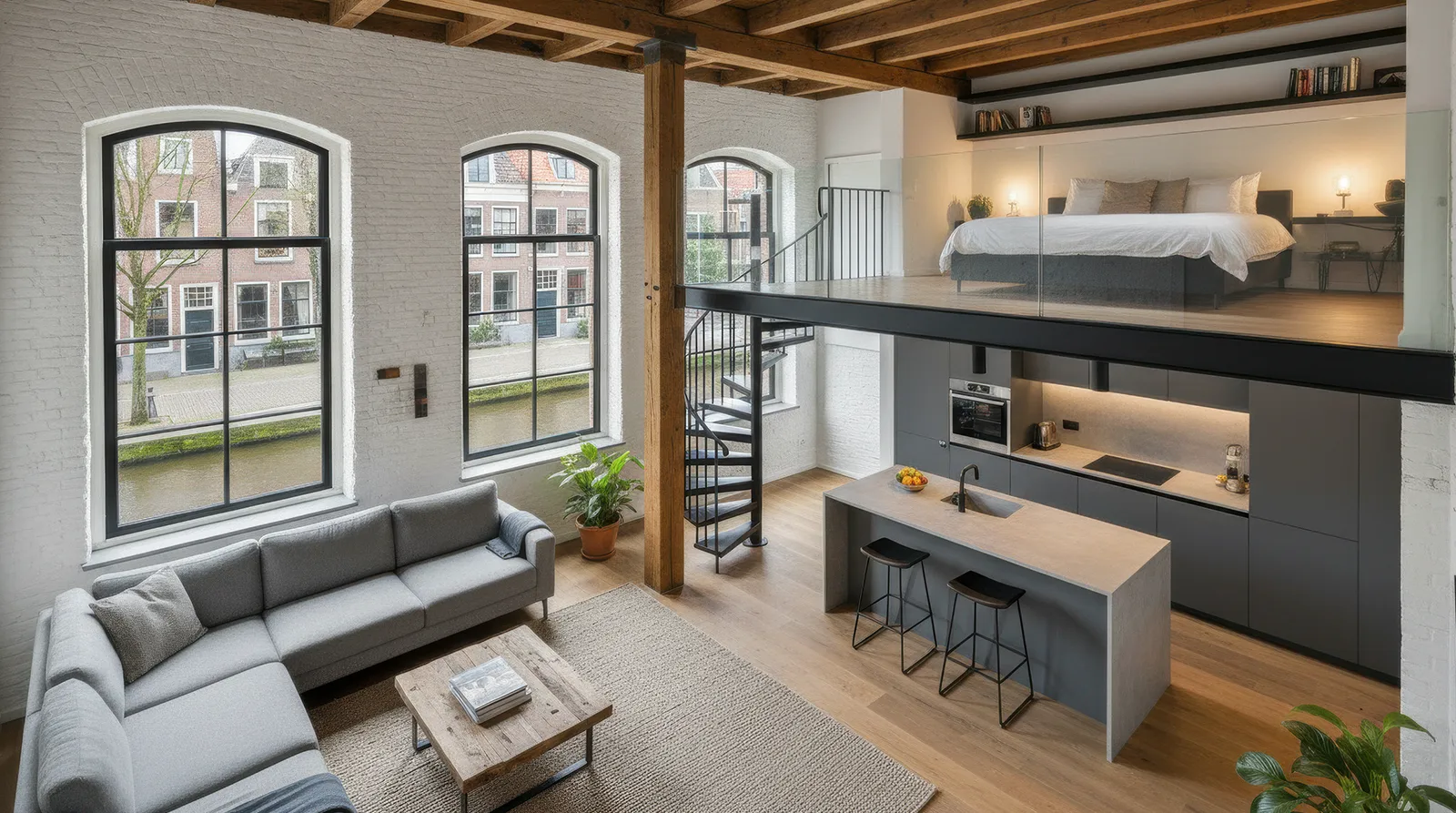Earthquake-Resistant Building Techniques for Dutch Properties
As a resident of the Netherlands, it is essential to consider the seismic activity in the region and take necessary measures to ensure the safety and resilience of your property. Although the Netherlands is not typically known for its earthquake activity, the country is still at risk of experiencing seismic events. In this article, we will explore earthquake-resistant building techniques for Dutch properties, providing you with the information and guidance needed to protect your home and loved ones.
Basic Concepts
Before diving into the specifics of earthquake-resistant construction, it is crucial to understand the basic concepts and terminology used in this field. Earthquake-resistant construction refers to the design and building techniques used to minimize damage to structures during seismic events. This includes the use of reinforced materials, flexible foundations, and robust connections between building components.
Seismic retrofitting is the process of modifying existing buildings to make them more resistant to earthquakes. This can involve adding reinforcements, upgrading foundations, and improving the overall structural integrity of the building. In the Netherlands, seismic retrofitting is particularly important, as many older buildings may not have been designed with earthquake resistance in mind.
Understanding Dutch Building Codes and Regulations
In the Netherlands, building codes and regulations are in place to ensure that new constructions meet specific safety standards, including those related to earthquake resistance. The Dutch building code, known as the Bouwbesluit, outlines the requirements for building design, construction, and materials. It is essential to familiarize yourself with these regulations and ensure that your building project complies with them.
Additionally, the Netherlands has adopted the Eurocode 8, which provides guidelines for the design of structures for earthquake resistance. This code takes into account the seismic hazard in the region and provides recommendations for building design, materials, and construction techniques.
Earthquake-Resistant Construction Techniques for Dutch Homes
There are several earthquake-resistant construction techniques that can be applied to Dutch homes, including:
- Reinforced foundations: Using reinforced materials, such as steel or fiber-reinforced polymers, to create strong and flexible foundations that can absorb seismic forces.
- Seismic-resistant materials: Selecting materials that are resistant to seismic forces, such as reinforced concrete, steel frames, or wood-based structures with seismic-resistant connections.
- Flexible connections: Using connections that can absorb seismic forces, such as flexible joints or seismic isolators, to reduce the risk of damage to the building.
- Regular maintenance: Regularly inspecting and maintaining your building to ensure that it remains in good condition and can withstand seismic events.
Practical Tips for Earthquake-Resistant Construction in the Netherlands
To ensure that your building project meets the necessary earthquake-resistant standards, follow these practical tips:
- Consult with a professional: Work with a qualified architect, engineer, or contractor who has experience in earthquake-resistant construction to ensure that your building project meets the necessary standards.
- Conduct a seismic risk assessment: Assess the seismic risk of your building site and design your building accordingly.
- Use seismic-resistant materials: Select materials that are resistant to seismic forces and meet the requirements of the Dutch building code and Eurocode 8.
- Ensure flexible connections: Use connections that can absorb seismic forces, such as flexible joints or seismic isolators.
- Regularly inspect and maintain your building: Regularly inspect and maintain your building to ensure that it remains in good condition and can withstand seismic events.
Conclusion
Earthquake-resistant building techniques are essential for protecting Dutch properties from seismic events. By understanding the basic concepts, complying with Dutch building codes and regulations, and applying earthquake-resistant construction techniques, you can ensure the safety and resilience of your home. Remember to consult with a professional, conduct a seismic risk assessment, use seismic-resistant materials, ensure flexible connections, and regularly inspect and maintain your building to minimize the risk of damage during seismic events. By following these guidelines and tips, you can create a safe and resilient home that can withstand the seismic forces that may affect the Netherlands. Always prioritize the safety of your loved ones and your property by investing in earthquake-resistant construction techniques and materials.










